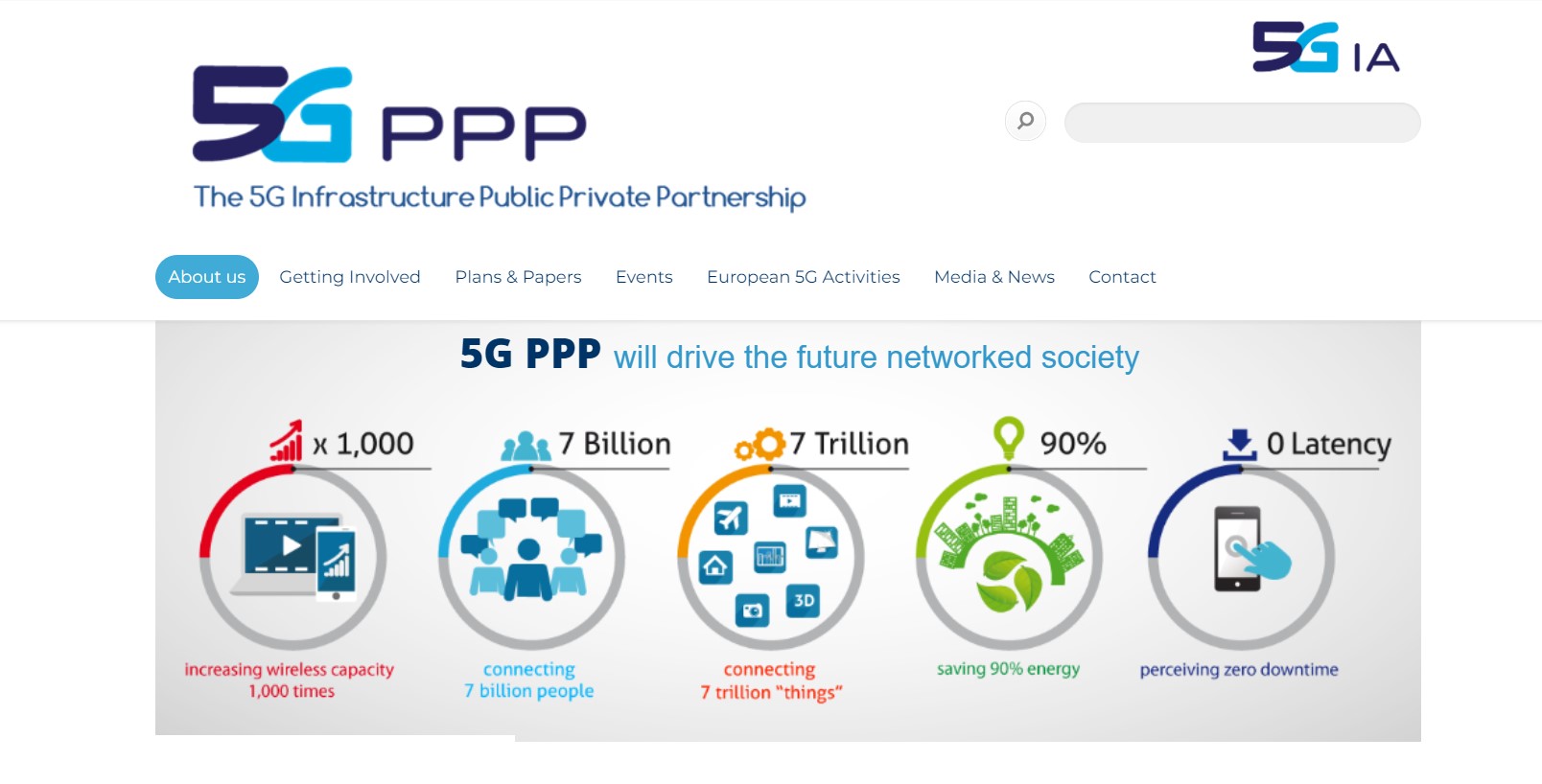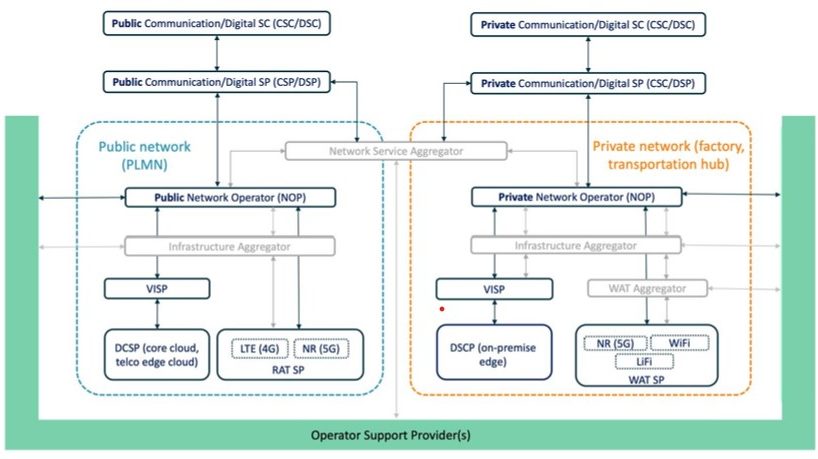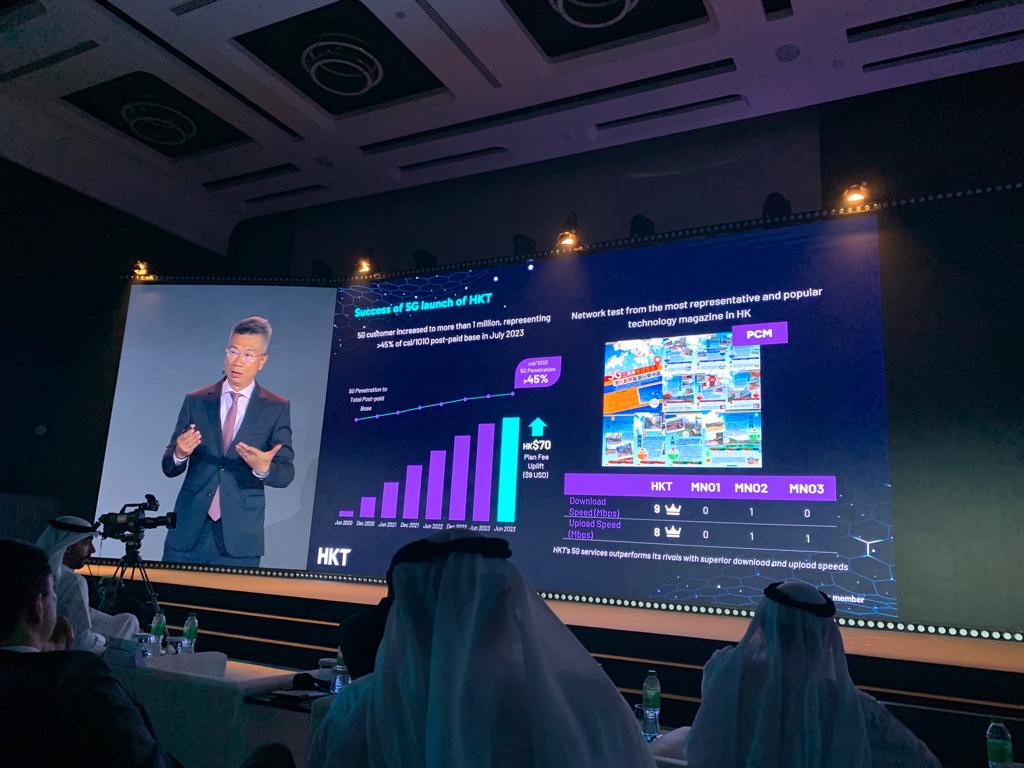NPN integration of 5G with verticals mobilised service orientation compared to previous generations of the mobile sub-system(Picture: Screenshots from 5G-PPP)
A recent white paper from the 5G PPP Technology Board highlights the role of Non-public networks (NPNs) in pushing the integration capability of 5G. It also discusses, how an entire concept of infrastructure provisioning around verticals is built.
Released in November 2022, this white paper sheds light on the state of the art of NPNs in the 5G and beyond 5G context. It has also compiled outlooks from industry insiders on possible evolution paths of this concept. An older Zenodo white paper argues, that the integration of 5G with verticals has been positioned as the most significant shift in service orientation compared to previous generations of the mobile sub-system. Many of the new capabilities, such as ultra-low latency or edge computing, aim to accommodate, the many vertical use cases that the 5G community has identified.
Non-Public Networks (NPNs)
As the roll-out of private LTE networks is gradually maturing into carrier networks, new challenges are at the forefront when considering the applicability of 5G technology on private networks. Following 3GPP terminology, these private networks are referred to as Non-Public Networks (NPNs). An NPN is a 5G System (5GS) deployed for the sole use of a given customer (e.g., vertical customer, government, industry and so forth) and is designed to support services for non-public use, including infrastructure services, communication services and other digital services. In this light, upon analysing the current 5G technology and especially 5G NPN technologies, the authors have recognised the following gaps in the state-of-the-art NPN products:
Scaling down: Compared to other technologies like Wi-Fi, which use a very simplistic notion of session or “connection” and do not mandate any core network functionality, both the deployment of and the connection to the actual service end-point (cf. “local breakout”) is complicated.
Ease of use: Typical NPN users ultimately seek a more reliable and cost-efficient enterprise service realization. Yet, in particular, it is unnecessarily difficult to deploy an end-to-end application and to provide stable services from the connected UEs.
MNO-driven architecture: Current NPN technology uses the 5G Core (5GC) network built as per MNOcentric 3GPP SA1 requirements. While 5GC can be customized (e.g., through network slicing, particular UPF instances and application functions), it is limited to control and management plane services typical for the operators, yet, even with customization options, the used core network does not support end-to-end enterprise application deployment.
In its minimal manifestation, 5GC already represents a non-negligible complexity in both the initial configuration and set-up and in the latter maintenance, increasing OPEX. The configuration of user profiles, possibly with the corresponding SIM cards in the UEs, might make it a no-go for many SMEs and roaming users.
Extension of 5G PPP actor role model for NPN support
The biggest opportunities emerge from the ongoing digitisation of many vertical industries. In domains where a mix of very different wired and wireless communication technologies have been deployed over the last couple of decades, and in which the legacy solutions do not meet any more customer expectations, there is a high potential for business opportunities. Among the most prominent drivers for migration are:
• End-of-life of existing narrowband mission-critical networks. Such networks can be found in many vertical sectors, and are more prominent in manufacturing, public safety, transportation and logistics.
• Productivity in Industry 4.0 environments is increasingly coupled with the ability to rapidly and flexibly change the manufacturing process and shop floor configuration according to customer needs in a just-in-time manufacturing manner. This flexibility must be supported by the ICT install base.
• Emergence of high data volumes from use cases employing high-resolution imaging, augmented and extended reality, surveillance as well as a high number of sensors, requiring flexible aggregation and delivery of data to the processing tiers.
• High cybersecurity and data security requirements across all end-to-end network configurations. These requirements are amplified by frequent network configuration changes.
• Interconnection requirements of multiple NPNs that are forming a logical entity in cases of distributed enterprises.
• Provisioning of external interfaces for interconnection with partnering domains in B2B2C scenarios
In conclusion
Overall, the move to NPN yields an unprecedented mix of technology stakeholders of strongly varying sizes, with functionally very different use cases and radically different enterprise cultures, sensitivities and resulting requirements (additional functional requirements, functional safety, resilience, security, etc.). The white paper emphasizes the role of system integrators that play a critical role in the deployment of 5G NPNs and their integration with public networks. Specialised integrations with vertical sector domain knowledge will be able to deliver turn-key solutions to their vertical sector customers. The common case could be that system integrators plan and architect the solution, deploy the equipment and develop the necessary functions to manage orchestrate and secure the solution. However, complementing the construction and delivery of the solution with the capacity to fully operate the 5G NPN promises a long-term steady revenue stream for the system integrator in exchange for a worry-free 5G NPN solution for the customer.
About the 5G PPP:
The 5G Infrastructure Public Private Partnership (5G PPP) is a joint initiative between the European Commission and European ICT industry (ICT manufacturers, telecommunications operators, service providers, SMEs and researcher Institutions). The 5G-PPP is now in its third phase, where many new projects were launched in Brussels in June 2018. The 5G PPP aims to deliver solutions, architectures, technologies and standards for the ubiquitous next-generation communication infrastructures of the coming decade. The challenge for the 5G Public Private Partnership (5G PPP) is to secure Europe’s leadership in the particular areas where Europe is strong or where there is potential for creating new markets such as smart cities, e-health, intelligent transport, education or entertainment & media. The 5G PPP initiative will reinforce the European industry to successfully compete in global markets and open new innovation opportunities.










Leave A Comment